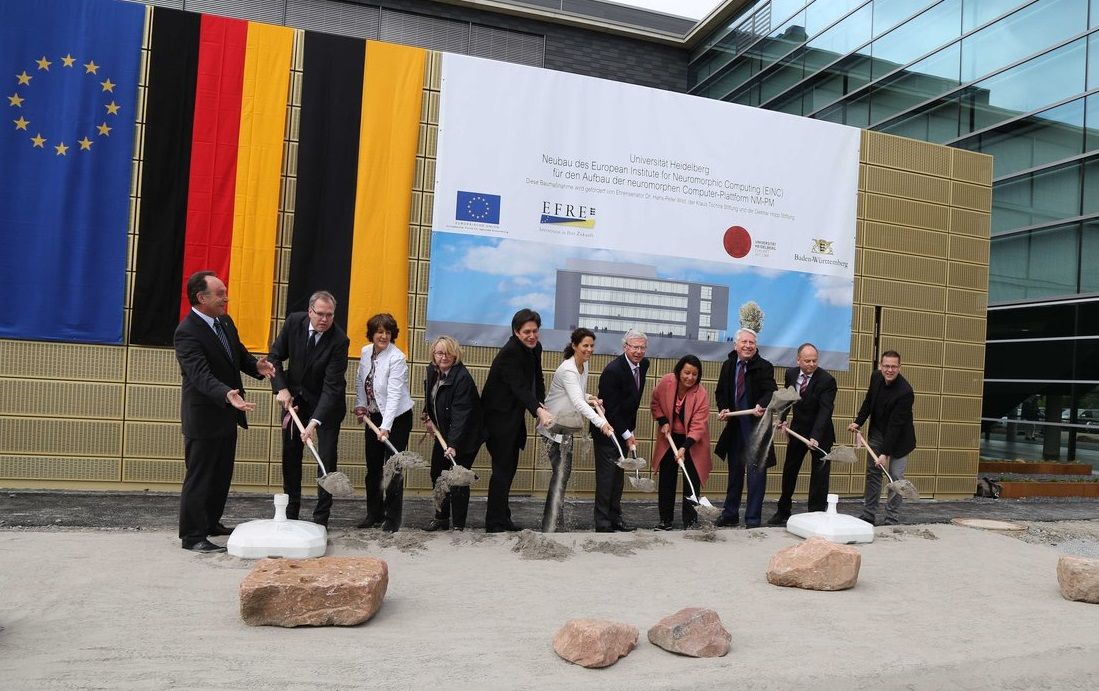A write-up on about neural lace and the future economy: https://altleft.host/zoltan-istvan-the-economy-of-the-future-will-be-powered-by-neural-lace/ #transhumanism
Zoltan Istvan, a leading Transhuman, shows us that the economic system of Technocracy needs Transhuman citizens to make it work. This is not surprising because Transhumanism and Technocracy are two sides of the same coin. ⁃ TN Editor.
The battle for the “soul” of the global economy is underway. The next few decades will likely decide whether capitalism survives or is replaced with a techno-fuelled quasi-socialism where robots do most of the jobs while humans live off government support, likely a designated guaranteed or basic income.
Many experts believe wide-scale automation is inevitable. Even the world’s largest hedge fund, Bridgewater Associates, recently announced it’s building an AI to replace its managers, many of whom are highly educated and previously thought invulnerable to automation. Robots, it seems, will manage everything. Or will they?
A next-generation technology, likely to arrive in five to 10 years, is being credited as the saviour of capitalism. Known today as neural prosthetics, or neural lace, it’s essentially tech that reads your brainwaves. This tech promises to connect our brains to the cloud and AI to link us with machines using thought alone.




 but adoption that mirrors the shift in our very understanding of bookkeeping, trust and transparency.
but adoption that mirrors the shift in our very understanding of bookkeeping, trust and transparency.




